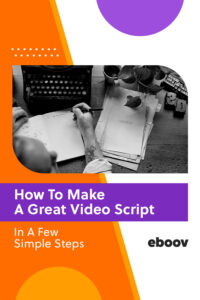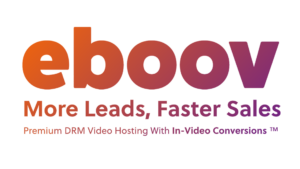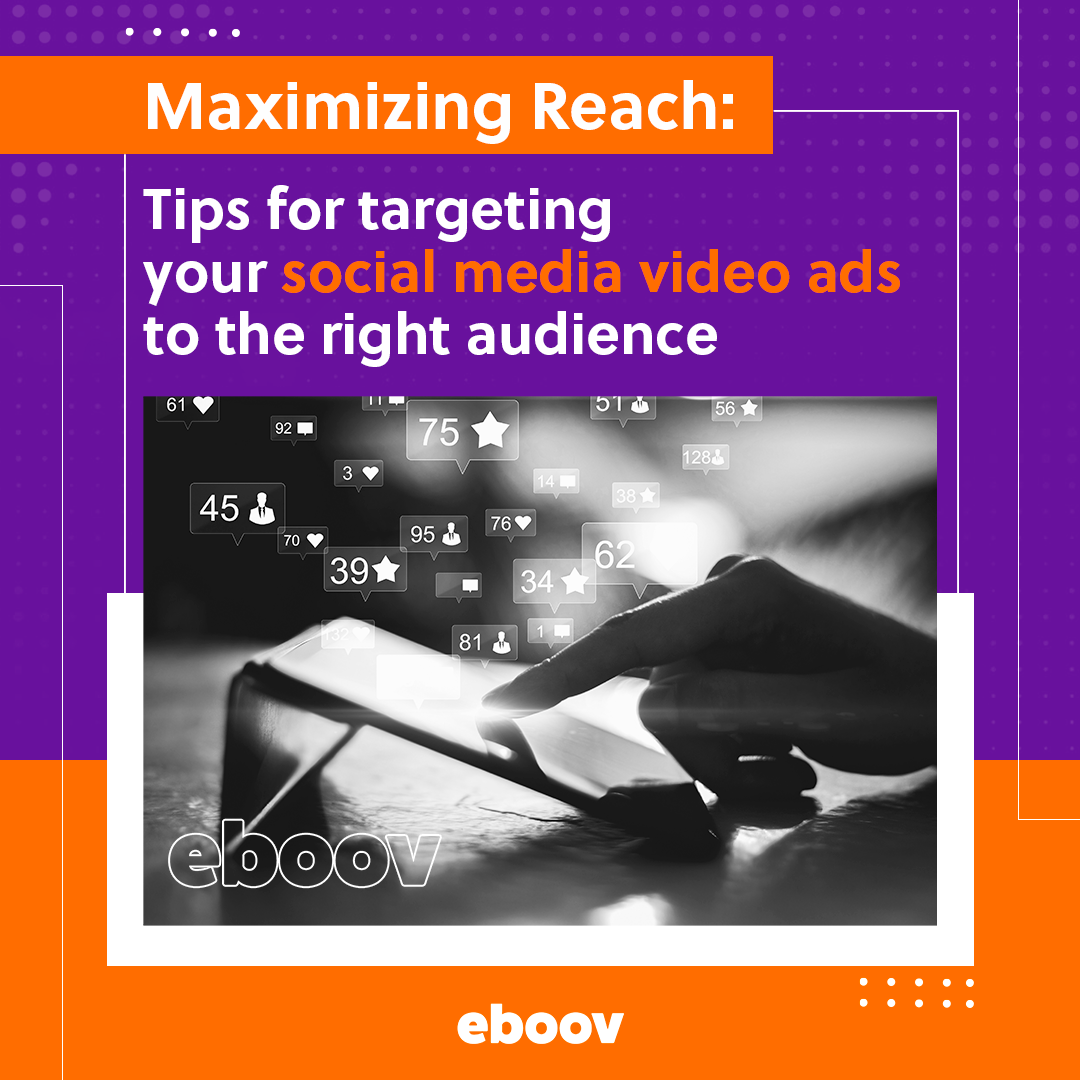
If you’ve ever had to prepare an elevator pitch, then you probably understand how important it is to know how to impress anyone quickly. An elevator pitch is a brief (think less than 60 seconds) way of introducing yourself, getting your main point across, and connecting with someone.
Like an elevator pitch, your webinar’s welcome message should be appropriately planned and well-scripted.
A study by Microsoft revealed that humans now have a shorter attention span than a goldfish, which only concentrates on anything for nine seconds. Emphasizing the effects of an increasingly digitalized lifestyle on the brain, people now lose concentration after only eight seconds.
What does this mean for your webinar or video content?
It means you need a well-scripted welcome message that hooks and holds your audience’s attention from beginning to end.
But how do you do that?
Read on to learn how you can craft an excellent video script in just a few simple steps.
Start With a Plan
Writing a persuasive script is not a walk in the park, but it is doable. To get it right, though, you need two things: a good plan and the motivation to do the actual work.
As the common saying goes, he who cannot plan is planning to fail. Before you open a new document to write your webinar welcome script, ask yourself these three questions:
- Who is my audience? You need to know exactly who you’re targeting, so you can speak directly to their problem or pain point.
- What specific problem will you solve? When making a plan, identify the problem you want to solve for your audience, determine the primary goal of your messaging, and what action you want them to take.
- What will the audience do after watching this? Be intentional about the call to action. Tell them explicitly what to do and how to do it.
How to Write a Script
When you think of your webinar’s welcome script as an elevator pitch, it helps you understand why it must be persuasive. You only have a small window of time to hook your viewer and maintain their concentration.
Here are the best practices you should follow to write an effective welcome script.
Start with your brief.
Never start without a brief. The brief is your guide, a roadmap of sorts where you simplify your aim, know and identify your target audience, and have a clear call to action. Without it, you will likely arrive somewhere other than where you intend to go.
Think of a hook (use storytelling).
A good story, they say, can take you on a fantastic journey. We all love stories because they let us share and get information in a way that connects deeply with us. Stories create emotional connections, help us gain a deeper understanding of other people’s experiences, and make information memorable.
Don’t hold back on this one!
It’s as easy as:
- Finding an authentic story of how your services or product helped a customer.
- Explaining it in a way that’s relatable to your audience.
- Hooking them longer than eight seconds!
List your main talking points.
One of the most effective ways to get a good script is to list your talking points. Talking points are a set of precise and easy-to-remember phrases used to keep track of your points when making a presentation, teaching a course, or just sharing information.
To make things easy, list your essential points and let them guide your messaging.
Focus on your call to action.
Never miss the call to action (CTA). The CTA is like a signpost that lets people know what to do next. Do you want them to sign up for a lead magnet or get a discount code? Make it clear and punchy.
Even when you are not selling, take advantage of the opportunity to add a CTA a few times to your messaging.
Please do not assume they know what the CTA is. Guide them on what to do next in the most inspiring way possible.
Other scriptwriting tips you should know.
After you’ve completed the items above, a few more things can help improve your script.
Remember, this works for everything from welcome webinar messaging to online presentations, courses, and shoppable videos.
Be conversational.
When writing a script, write in a conversational tone. This means writing how you would speak to your friend or a colleague at work. Since your audience will not read your script, write as you would say it.
Writing in this tone helps you speak to the audience in a way that makes your message more personable.
Use a template.
If you don’t know how to start, surf the Internet to find a template. After you’ve made all the planning, don’t get stuck at that stage. Start with a template if you have to. Just get to work on writing the script.
By now, you should know how vital a welcome script or scripting is to your premium video content.
Here at eboov, we pride ourselves in helping you protect your premium content, transforming your multistep sales funnel into a single step with in-video conversion technology.
Our mission is to help you optimize your conversion rate while minimizing ad spend.
Want to know how?
Watch the eboov demo video now to see how it can take your business from ordinary to extraordinary.






